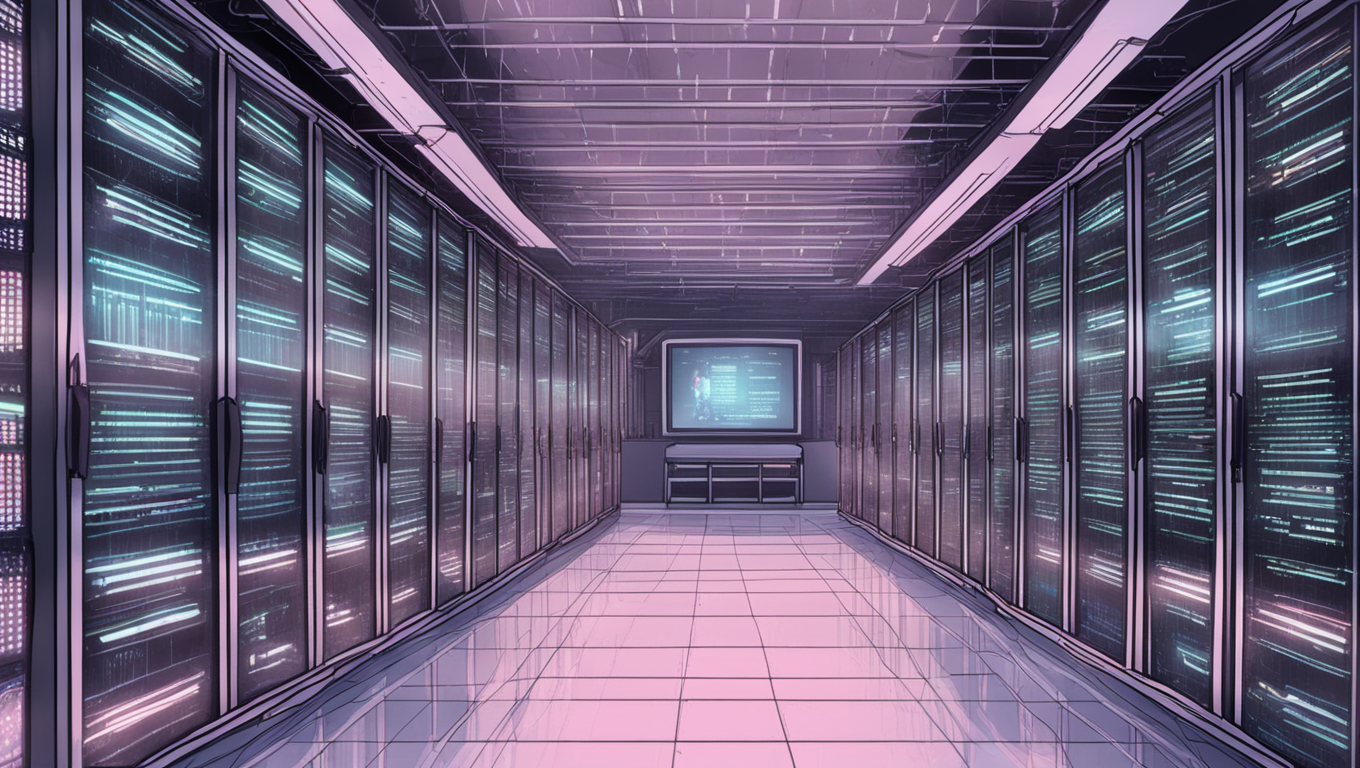During his recent visit to India, Nvidia CEO Jensen Huang expressed his belief that India will become one of the largest markets for artificial intelligence (AI) in the world. Huang’s trip was not just for show; it had a clear business purpose. As the US tightens restrictions on the export of high-end chips to China, and the global electronics industry looks for alternative manufacturing locations, India has the potential to be a source of AI talent, a site for chip production, and a valuable market for Nvidia’s products.
During meetings with leading researchers in Delhi, Huang discussed the possibility of re-training India’s workforce and using Indian data and talent to build future AI models. He expressed confidence in India’s engineering talent, particularly the graduates from its prestigious Indian Institutes of Technology. “You have the data, you have the talent,” Huang declared at a news conference in Bangalore. “This is going to be one of the largest AI markets in the world.”
Nvidia and India share a common interest in boosting the country’s AI capabilities. With restrictions on chip sales to China, India remains one of the few untapped markets for Nvidia. Neil Shah, Vice President of Research at Counterpoint Technology Market Research, explains, “India is the only market remaining, so it isn’t surprising that Nvidia wants to put multiple eggs in that basket.”
While India currently lacks the cutting-edge capabilities required to manufacture sophisticated chips like Nvidia’s, it is actively working to develop its electronics manufacturing industry and harness AI to bolster its digital economy. The Indian government is investing heavily in subsidies to establish chip manufacturing infrastructure in order to attract companies like Nvidia, Advanced Micro Devices, and Intel. “India is strategic to Nvidia’s future,” says Nandan Nilekani, Chairman of Infosys Ltd. and a key figure in India’s digital public infrastructure. “The government is aggressively building AI infrastructure, and so are large private companies. That’s good news for Huang.”
During his visit, Huang witnessed signs of India’s potential. Reliance, India’s largest conglomerate, announced that its Jio Platforms would build AI computing infrastructure for the country using Nvidia supercomputing technologies, and both Reliance and Tata will create state-of-the-art AI supercomputing data centers. These developments attest to the growing demand for high-end technologies in India, including Nvidia’s graphics processing units (GPUs). K. Krishna Moorthy, CEO of trade group India Electronics and Semiconductor Association, asserts, “As India’s digital economy grows, the government is mandating data security, data privacy, and data localization, and this could require over 100,000 GPUs to build AI cloud infrastructure.”
Although India still has challenges to overcome in terms of developing its AI capabilities, including the absence of exascale compute capacity and a shortage of highly skilled AI talent, the country is swiftly maturing as a market for high-end technologies. With telecom giants like Reliance’s Jio collecting vast amounts of data daily, India’s population of 1.4 billion people has the potential to drive the next phase of digital growth.
Nvidia already has a strong presence in India, with four engineering centers and 4,000 engineers—the company’s second-largest talent pool after the US. During his visit, Huang emphasized the importance of remaining competitive in the rapidly evolving AI marketplace, telling employees, “Either you are running for food or running away from being food.” With its burgeoning AI market and growing potential, India seems poised to be a major player in the world of AI, and Huang and Nvidia are eager to be at the forefront of this exciting development.





Use the share button below if you liked it.